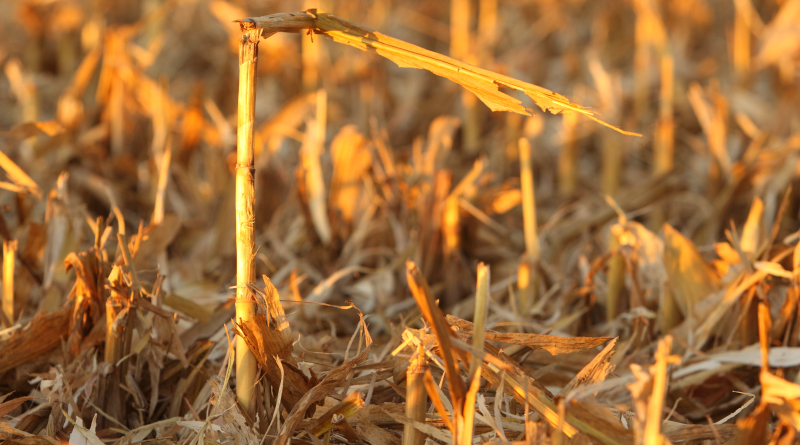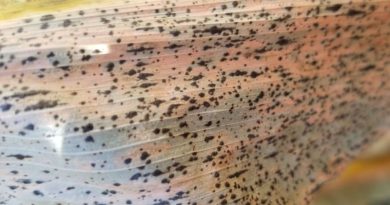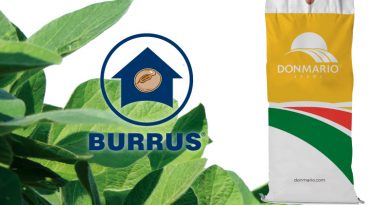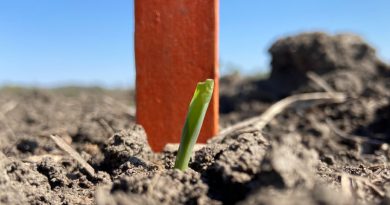Learn from Your Corn Stalks
Stalk evaluations are considered a pre-harvest activity and it is undoubtedly the best time to conduct them. However, insight can be gleaned as combines roll or even after a field is harvested. Remaining stalk tissue can still tell the story for that field’s growing season. If yields exceed expectations, there is opportunity to rejoice and note the management decisions contributed to that success. If results were not as expected, a close look at stalks can direct how to change the next year’s game plan.
Stalk Spacing
Uniform spacing is key to consistent yield and maximum stalk diameter. Competition for key resources can result in ear sizes reduced by up to 50% when plants are doubled. Several multiples and skips are likely a sure sign meters need to be evaluated and tuned up prior to next season.
Stalk Diameter
Individual stalk diameter and ear size is directly correlated. Stalks serve as the conduit for nutrients and photosynthates to the ear. If you notice variability in stalk diameter but spacing is consistent, it can be a sign that the plant was late emerging, or growth was restricted by early-season stress. If a plant is delayed by two leaves or more in comparison to surrounding plants it functions similarly to a weed and contributes minimally if at all to yield. Varying seed depth placement in the furrow with differing soil conditions at planting are major causes for variable stalk diameter. Understanding and addressing these factors is key to preventing them in the future.
Stalk Integrity & Color
Stalk appearance can tell a lot about whether the plant experienced stressful conditions during growth. When the pith or center of stalks appears shredded, tissue was cannibalized by the plant to finish filling out ears. If there is discoloration of the pith or outer stalk, stalk rot was present. Focus is often placed on the result (disease) rather than the cause (stress). It is important to identify the stress present. Now we have laid out what to look for, ask yourself what stressors did you notice this year?
- Was my fertility plan adequate for the season’s growing conditions? If you noticed significant in-season yellowing, fertility was likely lacking and it is time to look at making some tweaks.
- Was the planting population appropriate for my field’s yield level and was my hybrid placement accurate? Consistency in ear size maximizes overall yield. Matching hybrids to the right acre at the right population sets the table for success.
- What was the disease pressure in my field? If there was a lot, you might have experienced die-down rather than dry-down resulting in lost test weight. Utilizing hybrid disease ratings and in-season fungicide can minimize late-season stress and put bushels in the hopper next fall.
There’s always more to yield than your seed genetics choice. Let our team make next year’s crop even better by creating a full-season plan, starting with the right product on the right acre. With the Burrus team, you can be sure our recommendation considers every aspect of growing season variability and product input decision making. We will work efficiently to learn with you about this year’s successes and challenges to make a timely recommendation for next year. We look forward to visiting with you this fall.






